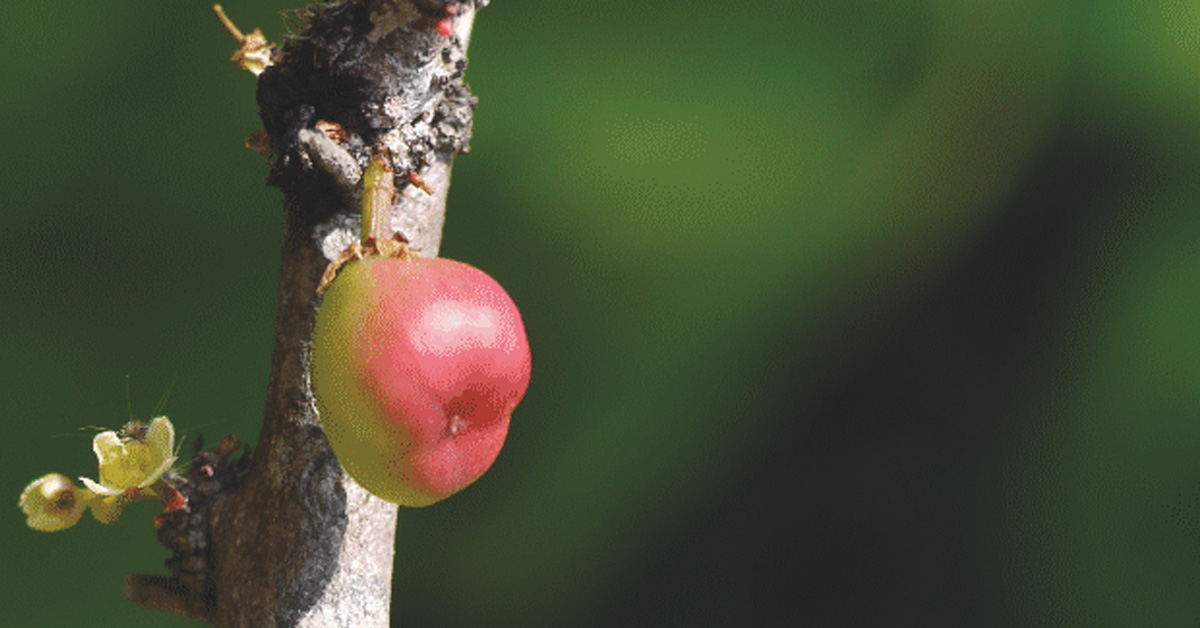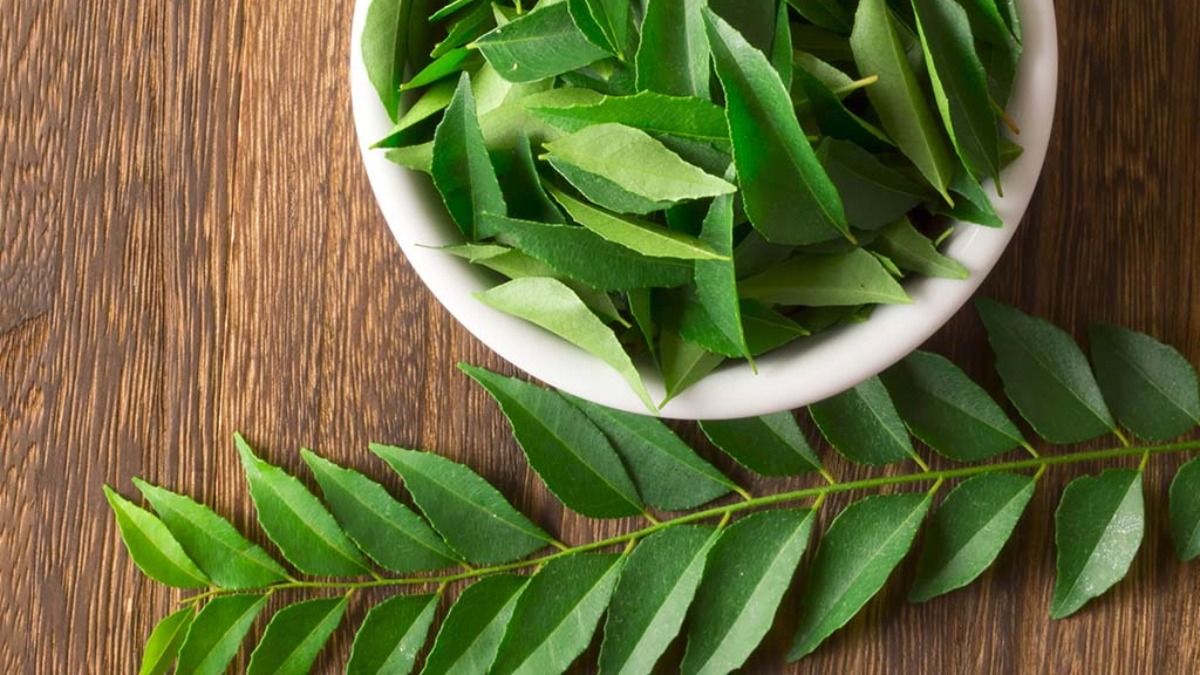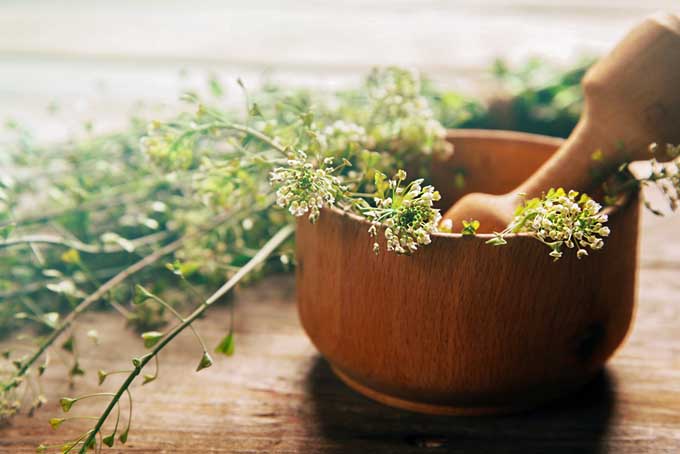Trees, shrubs, herbs, flowers, wood and resin are some of the many naturally scented ingredients that form the basis of Ayurveda and modern day aromatherapy and cosmetology. While perfumes find exhaustive mention in our ancient scriptures, there is also mention of other aspects of personal hygiene such as dental (teeth) care and mouth fresheners.
The Ancient Toothbrush
Varāhamihira has dedicated an entire chapter to toothbrush in his scripture Brhatsamhitā. It reads that a toothbrush may be made of the twigs of spreading creepers, shrubs and trees. Twigs of unknown trees will be rejected and twigs with leaves, those of an even number of joints, those which are split or dry at the ends and those with no bark, ought not to be used. Twigs of Vikankata, Sriphala (Bilva tree) and Kasmari, if chewed, will give a person brahmanical splendour. Twigs of Banyan will increase a person’s wealth and stock of grain. Arka twig will increase splendour of his appearance, while Kakubha will add to his joy. A toothbrush made of twigs of Sirisha and Karanja will make a person wealthy and prosperous, while that made from the twig of Badari will make a person healthy and that of Brihati (eggplant) will give him a long life. Twigs of Aswakarna, Bhadrataru and Chatarushakha will bring a man dignity while a toothbrush of Priyangu, Apamarga, Jambu and Dadima will make a person beloved of all people.
A Toothbrush with Fragrance
While our ancestors were definitely spoilt for choice of toothbrush, Varāhamihira goes on to detail a scented toothbrush formula. It’s reads as follows, allow the toothbrush to soak in a mixture of cow urine and Haritaki (a leafless T. Chebula tree) powder for 7 days. Then soak it in fragrant water prepared with cardamom, cinnamon, Patra, Anjana, honey, Maricha, Nagapushpa and Kushtta till the toothbrush becomes fragrant. Mix together the powder of 4 parts nutmeg, 2 parts Patra and 1 part cardamom and camphor. Smear this mixture over the toothbrush and let it dry in the sun. By using a toothbrush prepared as above, “the appearance of a person will become bright, his countenance agreeable, his mouth pure and of good smell and his voice sweet.”
Mouth Freshener from Antiquity
In addition to fragranced toothbrushes, Mukhavasas (mouth fresheners) were also popular. Cardamom, cloves, Kakkola (flowering murdah), Jaatiphala (nutmeg), Nishakara and Jaatipatrika (mace) were used as mouth fresheners. Alternatively, one could also prepare a tablet to render the mouth fragrant and healthy. A simple recipe involved grinding camphor, kumkuma, kaantam, mrugadarpam (musk), harenuka (a scented drug), kakkola, cloves, jaatikosa, drukpatra, cardamom, musta and latakasturi (muskdana seeds) to a fine powder. This powder when mixed with khadirasara (catechu) and kanyasara (juice of aloe) resulted in the fragranced tablets.
Hygienic and Healthy ‘Paan’
Of the 20 types of royal enjoyments mentioned in Mānasollāsa of King Someśvara, Tamboola bhogah or enjoyment of betel leaf chewing is one of them. The chewing of tamboola (paan) was known to excite sexual passion, brighten personal appearance, promote prosperity, cause the mouth to smell sweet, increase strength and remove phlegmatic affections. Tamboola ingredients usually included musk camphor, kakkola, nutmeg and catechu powder blended with musk, sandal and camphor water. Betel leaves collected from a one year old creeper nourished with river water were considered of best quality. Whereas areca nuts obtained from Nailaavartti, Isvarpura and Kandikapura and dried in shade and perfumed with musk water were preferable.
Such was the detail and attention given to every aspect of health and personal hygiene in ancient India. This is a far cry from the ecologically disastrous, toxic, and superficial approach adopted by the beauty industry today. Nature forms an intrinsic part of our lives, more so than we consciously allow ourselves to believe. Orchards, valleys, blooms and streams play more than just a scenic role in our lives. The relationship between man and nature is delicate and must be nurtured, rather than be exploited. Our ancients were evolved beings who were in harmony with nature and while they depended on naturally occurring ingredients, they maintained the sanctity of this unbreakable bond.





